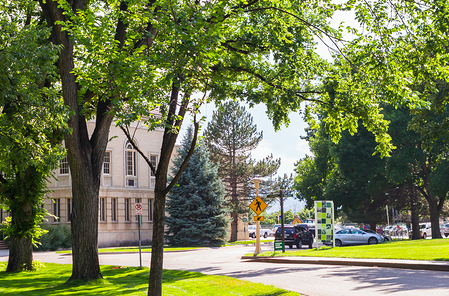About two in every three undergraduates at both two and four-year institutions go to school within 25 miles of their home. More often, lower-income students and students of color make choices to remain local for college, so they are most affected by what’s known as “education deserts.” With a goal of advancing policy conversations about this issue, Nick Hillman, an Associate Professor at the University of Wisconsin-Madison, released his research and recommendations in a report titled Place Matters: A Closer Look at Education Deserts.
Hillman defines an education desert “as a local area where there are either zero or only one public broad access college nearby (institutions that admit a least 80% of applicants). Of the 709 commuting zones in the United States, 392 are classified as education deserts, many of which are concentrated in rural areas with low population density. For example, the Storm Lake, Iowa, commuting zone has a population of over 72,000, but only has two colleges in a 25-mile radius and has no public option nearby. In total, about 35 million people call these education deserts home, limiting higher education options for them. The report concludes by offering a few ideas for policymakers to consider, which include increased financial aid for these students.
